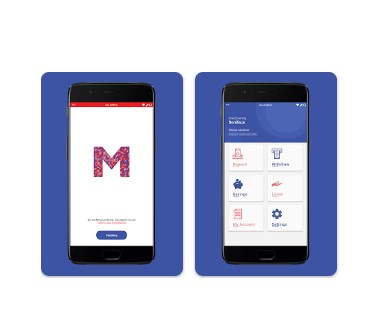In today’s digital age, maintaining a strong online presence is crucial for any brand. An online brand audit is an essential tool to assess and enhance your brand’s digital footprint. Here’s why it matters and how you can conduct one effectively.
Importance of an Online Brand Audit
- Identify Strengths and Weaknesses: Understanding what aspects of your online presence are working and which areas need improvement can help you leverage strengths and address weaknesses.
- Ensure Consistency: Consistency in branding across all online platforms ensures that your audience receives a cohesive and recognizable brand message.
- Enhance Customer Experience: An audit helps identify gaps in user experience and allows you to optimize your website and social media for better engagement and satisfaction.
- Boost SEO Performance: Regular audits help in spotting SEO issues that might be hindering your brand’s visibility on search engines, allowing for corrective measures.
- Monitor Competitor Performance: By comparing your brand with competitors, you can gain insights into market positioning and strategies to stay ahead.

Steps to Conduct an Online Brand Audit
- Review Your Website: Start with your website as it is the central hub of your online presence. Check for up-to-date content, intuitive navigation, mobile responsiveness, and loading speed. Tools like Google Analytics can provide valuable insights into user behavior and site performance.
- Assess Social Media Profiles: Examine all social media accounts for branding consistency. Ensure that logos, bios, and content reflect your brand identity uniformly. Evaluate engagement metrics such as likes, shares, and comments to gauge audience interaction.
- Analyze SEO Performance: Use tools like Google Search Console and SEMrush to analyze your site’s SEO health. Check for keyword rankings, backlinks, and on-page SEO elements. Identifying and fixing issues like broken links and missing meta descriptions can enhance your search visibility.
- Evaluate Content Strategy: Audit your content for relevance, quality, and alignment with your brand message. This includes blog posts, videos, and any other forms of content. High-quality, engaging content that provides value to your audience is key to maintaining a strong online presence.
- Monitor Online Mentions and Reviews: Tools like Google Alerts and Social Mention can help track what is being said about your brand online. Pay attention to customer reviews and feedback on platforms like Google My Business, Yelp, and social media. Addressing negative feedback promptly and positively can improve your brand reputation.
- Benchmark Against Competitors: Identify key competitors and analyze their online strategies. Look at their website design, content, social media activity, and SEO tactics. Understanding their strengths and weaknesses can inform your strategic decisions.

- Compile and Analyze Data: Gather all the data from the steps above and analyze it to form a comprehensive view of your brand’s online presence. Look for patterns and trends that can guide your strategic planning.
- Develop an Action Plan: Based on your findings, create an actionable plan to address weaknesses and build on strengths. Set clear, measurable goals and timelines for implementation.
Conducting an online brand audit is not a one-time task but a continuous process. Regular audits ensure that your brand remains relevant and competitive in the ever-evolving digital landscape. Invest time and resources in this essential practice to maintain a robust and impactful online presence.


